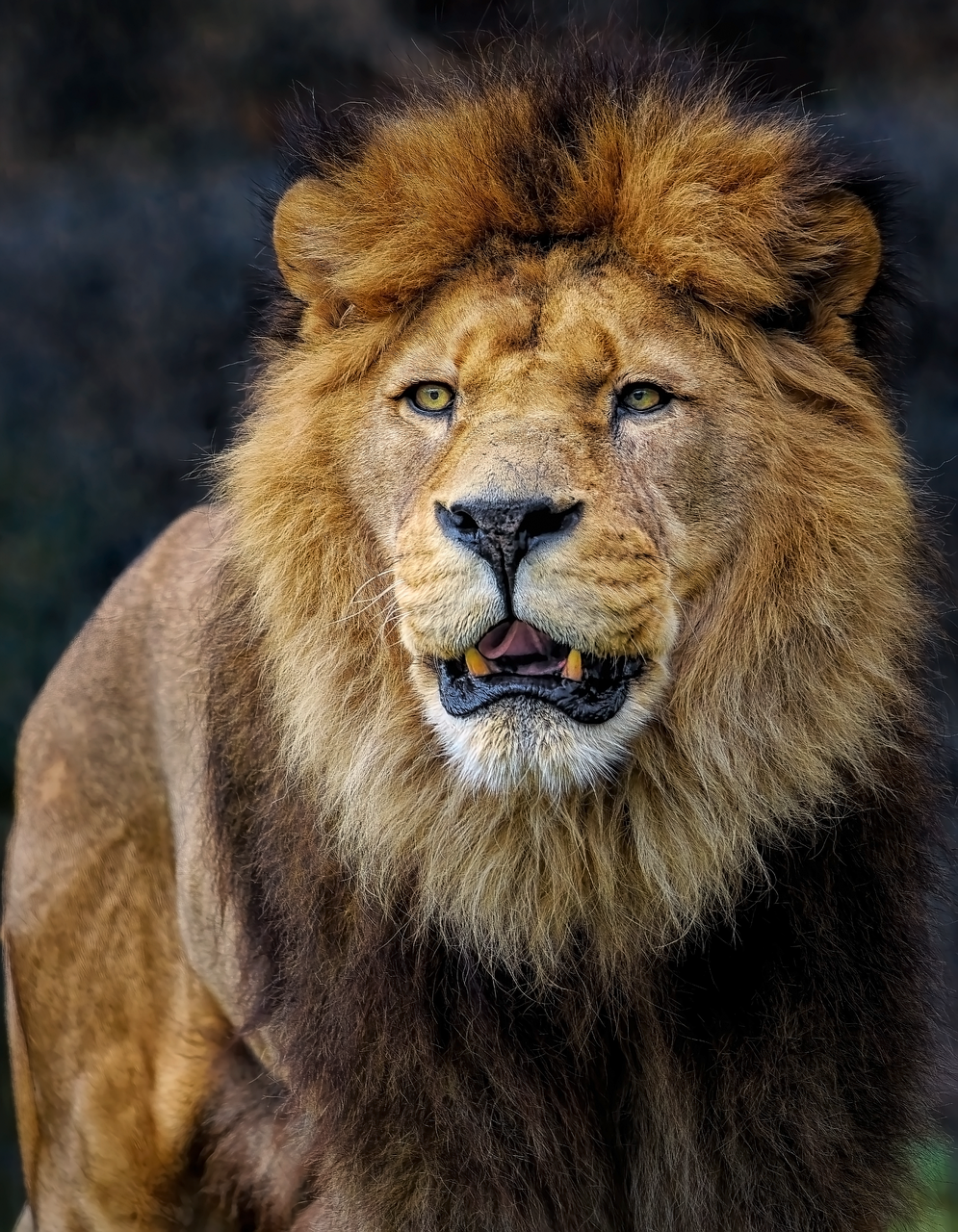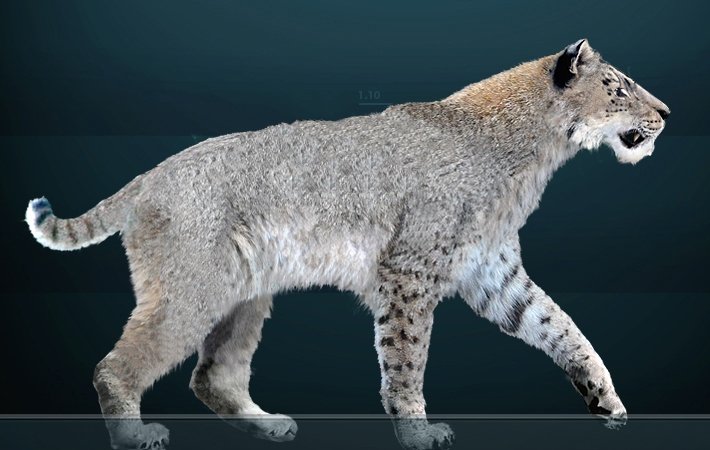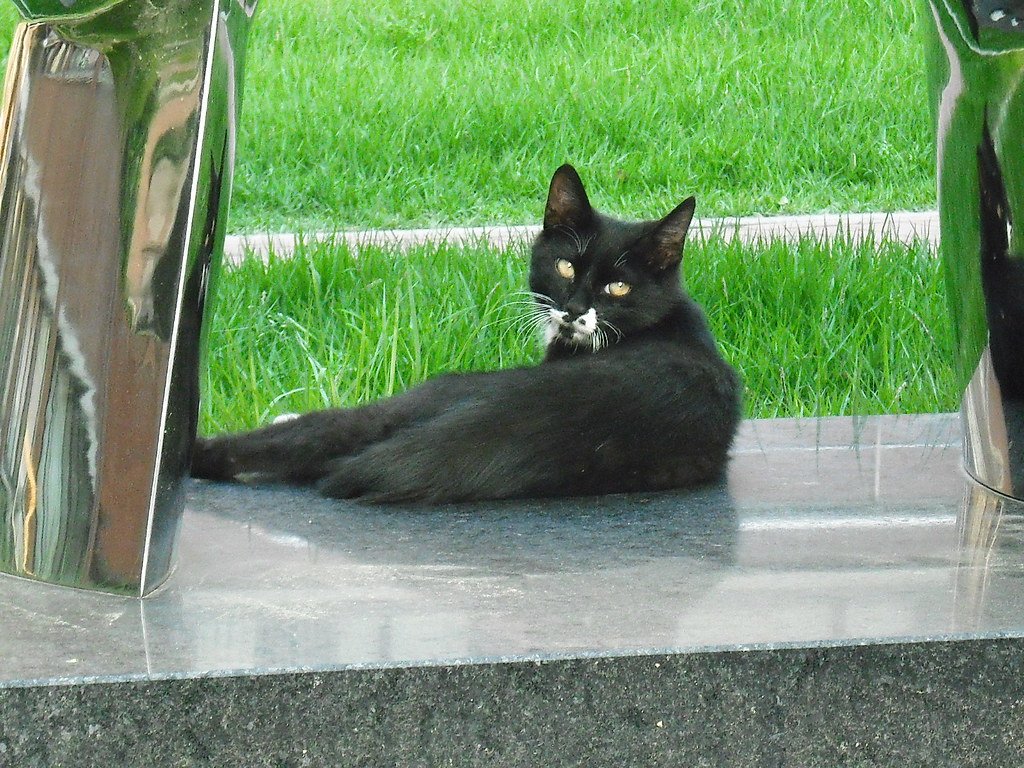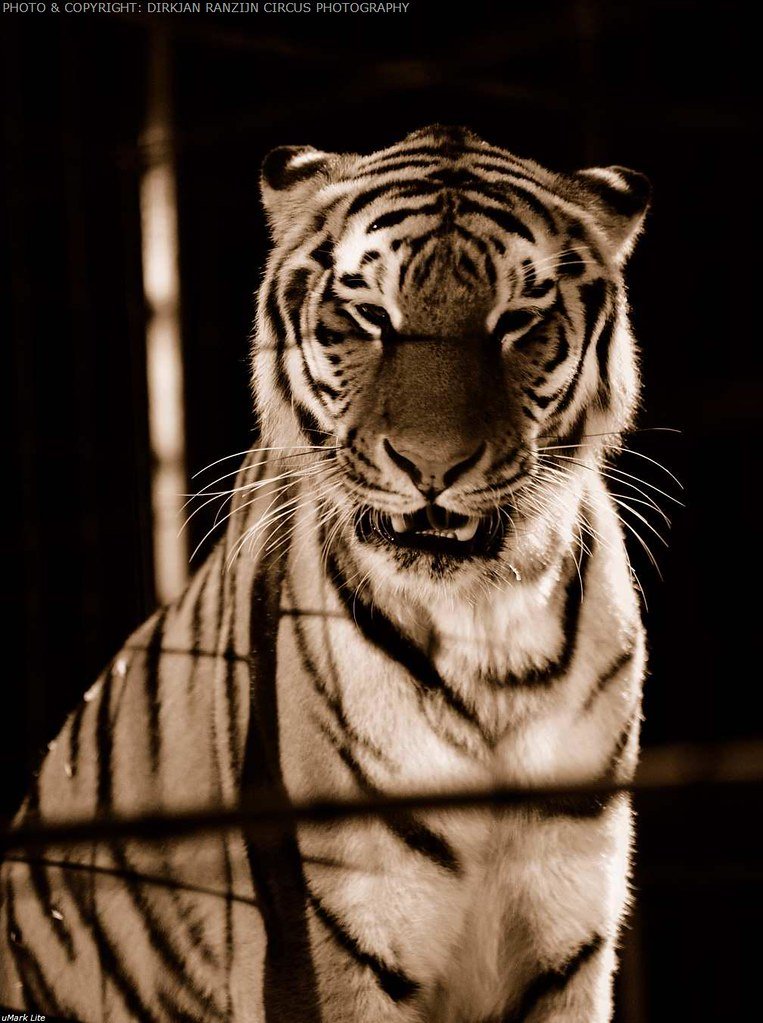Saber-Toothed Smilodon: The Ice Age Hunter That Ruled the Americas

Picture a cat the size of a modern lion, but with curved fangs stretching seven inches long. The Smilodon fatalis wasn’t just built for show – those massive canines were precision weapons designed to deliver a killing bite to the throats of massive prey like mammoths and bison.
These prehistoric predators dominated North and South America for over 2.5 million years, surviving multiple ice ages before finally disappearing around 10,000 years ago. Unlike modern cats, Smilodon had incredibly muscular forelimbs and shoulders, suggesting they were ambush hunters who wrestled their prey to the ground.
Cave Lion: Europe’s Largest Prehistoric Cat

The Panthera spelaea, or cave lion, was roughly 25% larger than today’s African lions and roamed across Europe, Asia, and parts of Alaska. These magnificent beasts shared the landscape with early humans, who immortalized them in cave paintings throughout France and Spain.
What made cave lions truly remarkable was their adaptability to cold climates. They developed thicker fur and more compact bodies than their modern cousins, allowing them to thrive in the harsh conditions of the Pleistocene era.
American Cheetah: The Speed Demon of Ancient North America

Long before modern cheetahs evolved in Africa, North America had its own version of the ultimate speed machine. Miracinonyx trumani could reach speeds of up to 70 mph, making it one of the fastest land animals that ever lived.
These ancient speedsters had longer legs and more flexible spines than modern cheetahs, perfectly designed for chasing down pronghorn antelope across the Great Plains. Their extinction around 12,000 years ago left the pronghorn without their primary predator, which explains why these animals can still run so incredibly fast today.
Eurasian Cave Lion: The Wanderer of Two Continents

Spanning from the British Isles to Siberia, the Eurasian cave lion was perhaps the most widespread big cat of the Pleistocene. These powerful hunters followed herds of reindeer, horses, and bison across the vast grasslands that connected Europe and Asia.
Archaeological evidence suggests these lions were skilled at cooperative hunting, working together to bring down massive prey like woolly rhinoceros. Their bones have been found alongside human settlements, indicating our ancestors both feared and respected these apex predators.
Homotherium: The Scimitar Cat That Crossed Continents

With its distinctive curved canines and powerful build, Homotherium was built like a prehistoric Swiss Army knife. These “scimitar cats” migrated from Africa to Europe, Asia, and eventually North America, adapting to diverse environments along the way.
Recent discoveries in the Arctic have revealed that these cats survived far longer than previously thought, with some populations persisting until just 28,000 years ago. Their unique dental structure suggests they were specialized for hunting young mammoths and other thick-skinned prey.
Dinofelis: The False Saber-Tooth of Three Continents

Often called the “false saber-tooth,” Dinofelis wasn’t actually related to true saber-toothed cats, but it was equally impressive. These leopard-sized predators roamed Africa, Asia, and North America between 5 million and 1.2 million years ago.
What set Dinofelis apart was its incredible versatility. Evidence suggests these cats were equally comfortable hunting on the ground and in trees, making them formidable predators in diverse environments from African savannas to North American forests.
Machairodus: The Original Saber-Tooth

Before Smilodon became famous, Machairodus was the original saber-toothed cat that terrorized prehistoric landscapes. These massive predators, some reaching the size of modern tigers, were among the first cats to develop the iconic elongated canines.
Fossil evidence shows Machairodus spread from Africa into Europe and Asia around 15 million years ago, establishing the saber-tooth hunting strategy that would be perfected by later species. Their powerful jaws could deliver bone-crushing bites that modern big cats simply cannot match.
Panthera blytheae: The Oldest Big Cat Ancestor

Recently discovered in the Himalayas, Panthera blytheae represents the oldest known ancestor of all modern big cats. This snow leopard-sized predator lived around 6 million years ago and marks the beginning of the big cat family tree.
What makes this discovery so significant is that it shows how big cats originated in Asia before spreading to Africa and the Americas. This ancient feline had features that would later evolve into the roaring ability that defines modern lions, tigers, and leopards.
Miracinonyx inexpectatus: The Climbing American Cheetah

While its cousin Miracinonyx trumani focused on speed, Miracinonyx inexpectatus took a different evolutionary path. This American cheetah developed partially retractable claws and more muscular limbs, making it an accomplished climber as well as a swift runner.
These adaptations allowed them to hunt in more diverse terrain, from open grasslands to rocky outcrops and forest edges. Their unique combination of speed and climbing ability made them incredibly successful predators throughout much of North America during the Pleistocene epoch.
Conclusion: The Great Cat Migration Legacy

The story of these nine prehistoric cats reveals an epic tale of adaptation, migration, and survival across three continents. From the icy caves of Europe to the grasslands of North America and the savannas of Africa, these ancient predators shaped ecosystems and influenced the evolution of countless other species.
Their journeys across continents weren’t just random wanderings – they were driven by climate changes, prey movements, and the relentless pursuit of survival. Each species developed unique hunting strategies and physical adaptations that allowed them to thrive in new environments.
Today’s house cats carry the genetic legacy of these magnificent prehistoric hunters, a reminder that even the smallest feline has the heart of a saber-toothed tiger. Which of these ancient cats would you have wanted to encounter in the wild?
Hi, I’m Bola, a passionate writer and creative strategist with a knack for crafting compelling content that educates, inspires, and connects. Over the years, I’ve honed my skills across various writing fields, including content creation, copywriting, online course development, and video scriptwriting.
When I’m not at my desk, you’ll find me exploring new ideas, reading books, or brainstorming creative ways to solve challenges. I believe that words have the power to transform, and I’m here to help you leverage that power for success.
Thanks for stopping by, Keep coming to this website to checkout new articles form me. You’d always love it!





